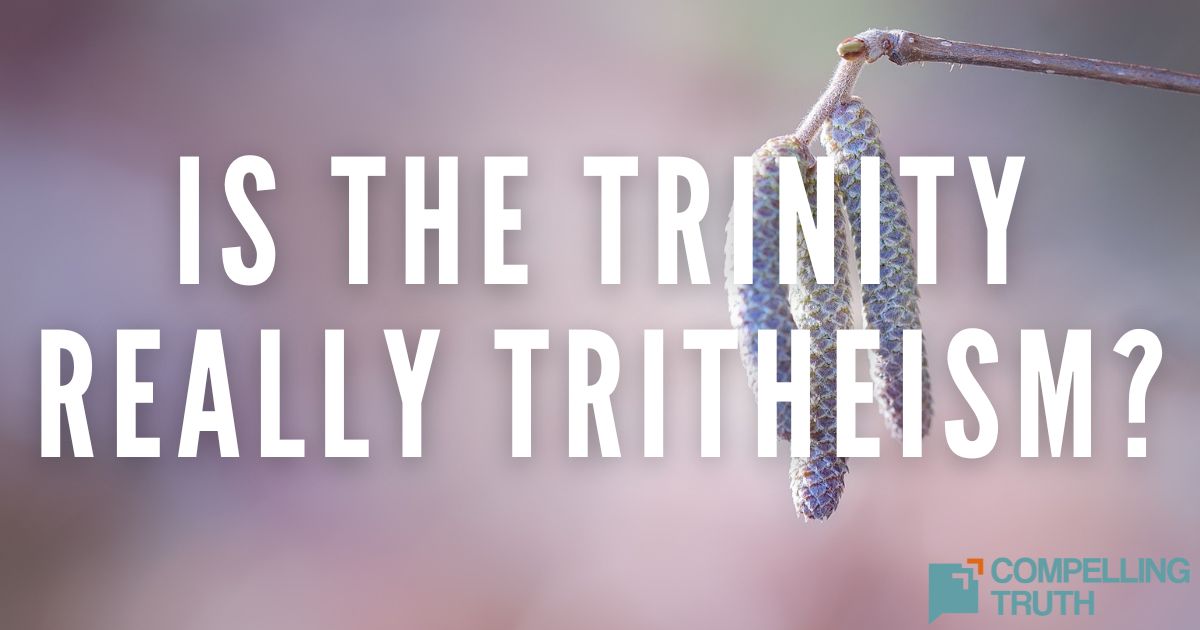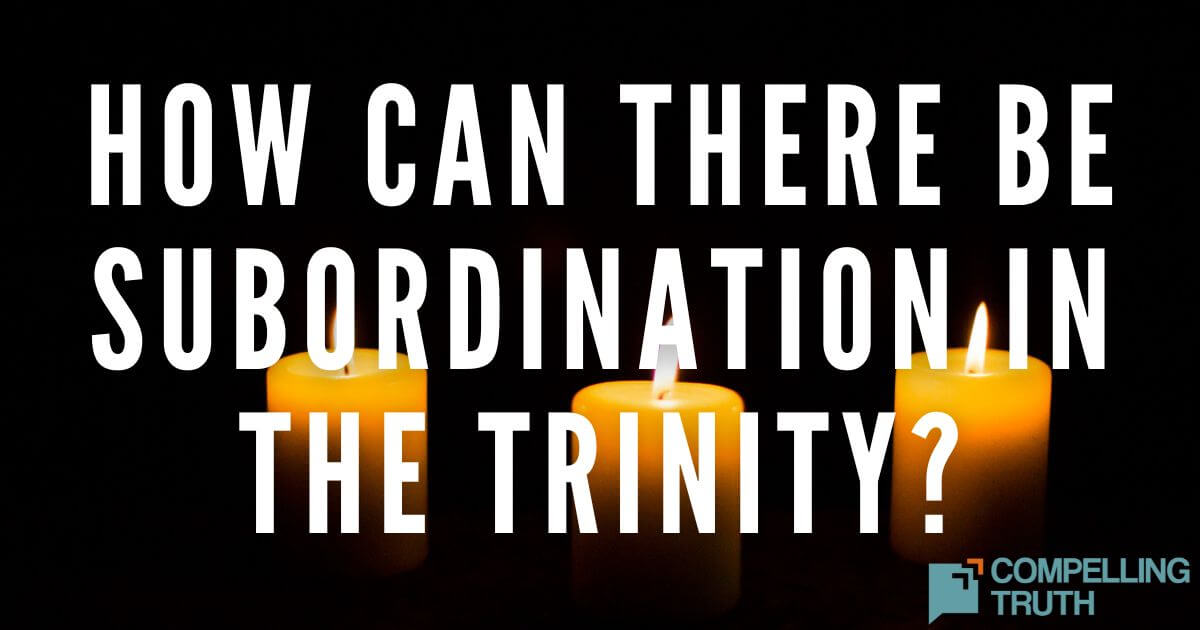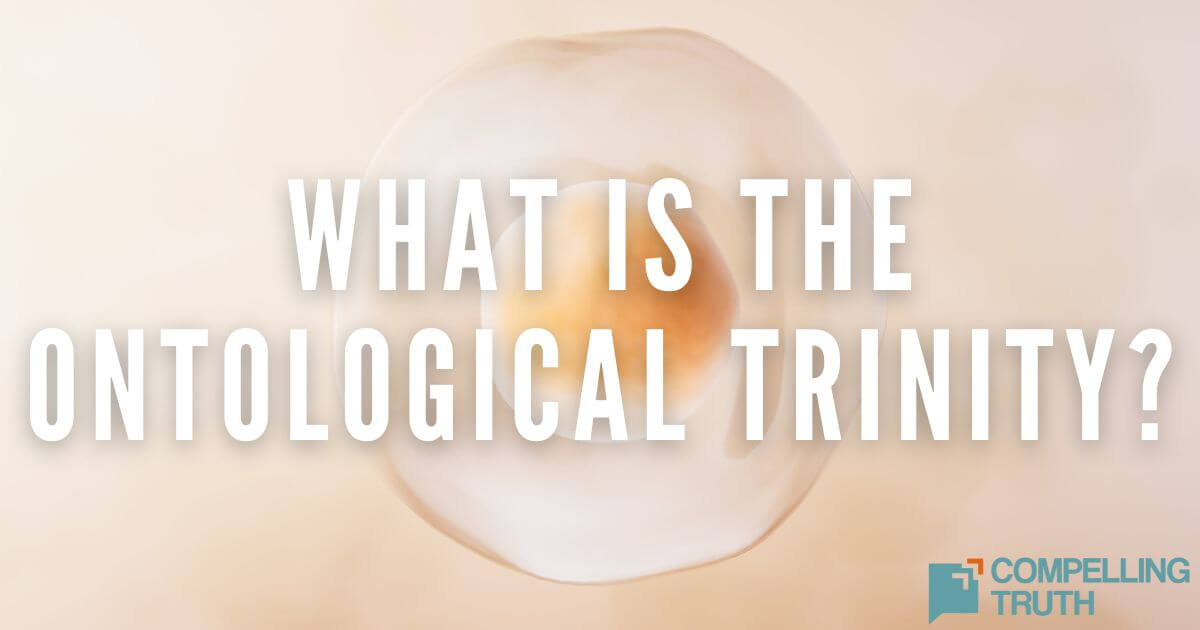The Bible reveals that God exists in three Persons – Father, Son, and Holy Spirit. Each person of God has a distinct personhood and role, but all work together in perfect unity according to the will of God. God the Father establishes and orchestrates His plan for the universe. God reveals Himself to humanity through the creation of the heavens and earth (Romans 1:20), through the revelation of His written word in the Bible (2 Timothy 3:16-17), and through the greatest demonstration of His love – the sacrificial death and resurrection of His Son (John 3:16).
God the Son, Jesus Christ, came to earth to execute the plans and will of God the Father to complete perfection (John 6:38), culminating with His sacrificial death on the cross and resurrection from the dead as the only means of salvation for humanity from sin and death (John 14:6; Acts 4:12). Jesus forever lives as our Great High Priest to pray for us (Hebrews 7:25; Romans 8:34) and will return to earth to reign as the King of kings and Lord of lords (John 14:1-3; Revelation 19:11-16).
God the Holy Spirit convicts and draws people to seek salvation from God (John 16:8-11). As believers, the Holy Spirit indwells, helps, teaches, and empowers us to walk with Jesus (Ephesians 1:13-14; John 14:26, 15:26). The Spirit also prays for us (Romans 8:26-27), transforms us into the image of Christ (Philippians 2:12-13), and gives us assurance of salvation as children of God (Romans 8:14-17; John 1:12).
A person is defined as a being with thoughts (intellect), wills (volition), and emotions. While human beings with physical bodies are clearly persons, spiritual beings without physical bodies are persons as well (i.e. angels and God Himself). The Bible describes God as three Persons: God the Father, God the Son (Jesus), and God the Holy Spirit. When trying to understand God's triune nature and personhood, we should remember that He is a completely different supernatural being from us. We must resist the urge to project our limited understanding of things upon God and bring Him down. Rather, we must adopt God’s heavenly understanding, which we learn from His Word . That teaches that God is Father, Son, and Holy Spirit.
The three Persons of the Trinity are always communicating with each other and working together to bring about the salvation of people like you and me. As we read through the Bible, we see that humanity sinned and rebelled against God resulting in death (Romans 3:23, 6:23). The good news is that God loves you and wants to save you from your sin. God the Father sent His only Son, Jesus Christ, to the earth to die on the cross for your sin. (Romans 5:8; 1 John 4:10;1 Peter 3:18). John 3:16 tells us: “For this is how God loved the world: He gave His one and only Son, so that everyone who believes in Him will not perish but have eternal life.” Anyone who believes in Jesus for everlasting life is born again and becomes children of God (John 1:12; 2 Corinthians 5:17). Do you see how much God loves you? Is the Holy Spirit of God convicting you of your sin and need of salvation? Have you believed in Jesus and received His gift of eternal life? This is the work of the triune God in bringing people to salvation.




